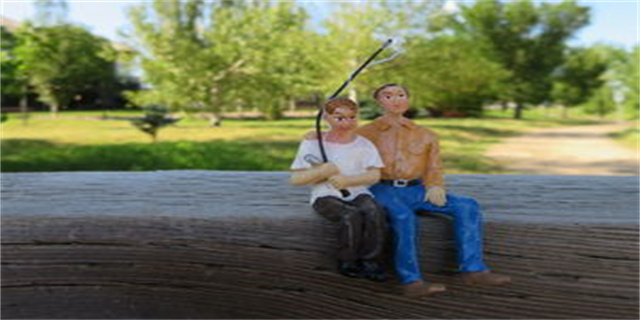Exploring the Art of Subtlety
The Power of Subtle Expressions in Communication
Communication is an intricate dance between words, gestures, and expressions. While overt statements often carry the most weight, there is an art to conveying ideas and emotions with subtlety. Subtlety allows for nuance, interpretation, and a deeper connection between individuals. In this article, we will delve into the power of subtlety in communication and explore its various forms.

The Subtle Art of Non-Verbal Communication
Non-verbal communication is the silent language we all speak. It encompasses our body language, facial expressions, and even the tone of our voice. Often, it is the subtlest non-verbal cues that convey our true thoughts and emotions. A subtle smile, a raised eyebrow, or the slight tilting of the head can speak volumes. These subtle expressions often add depth and complexity to our spoken words, making our message more memorable and impactful.

The Subtle Power of Words
While we often focus on the power of bold and persuasive language, the subtle use of words can be equally if not more powerful. Subtle language allows for ambiguity and open-endedness, inviting the listener to engage in a deeper level of thinking. It allows ideas to be subtly planted in the subconscious, fostering a sense of curiosity and exploration. Writers, poets, and even politicians often utilize subtle language to convey complex concepts, leaving room for interpretation and personal connection.
The Subtle Art of Active Listening
Active listening is a skill that requires subtlety and presence of mind. It involves not just hearing the words spoken but also paying attention to the underlying meaning, emotions, and intentions. Active listeners are adept at capturing the subtle nuances of a conversation, leading to a deeper understanding and stronger connection with the speaker. By showing genuine interest and responsiveness, active listeners create a safe space for open and honest communication.
The Subtlety of Cultural Differences
Cultural differences often manifest in nuanced ways, reflecting the subtle variations in beliefs, customs, and values. Being aware of these subtleties can greatly enhance cross-cultural communication and prevent misunderstandings. Subtle differences in greetings, body language, or even the use of humor can either strengthen or weaken the connection between individuals from different cultures. By embracing and respecting these subtleties, we can foster a more inclusive and harmonious global community.
Mastering the Art of Subtlety
Mastering the art of subtlety in communication requires mindfulness, empathy, and practice. It involves honing our observation skills, refining our non-verbal cues, and harnessing the power of words. By being attuned to the subtleties within ourselves and in others, we can navigate conversations with grace and effectiveness. Remember, sometimes the most profound insights come from the gentlest whispers.
So, let us embrace the art of subtlety and unlock the deeper levels of connection and understanding that it offers. By doing so, we can elevate our communication skills and create a more harmonious and empathetic world.





